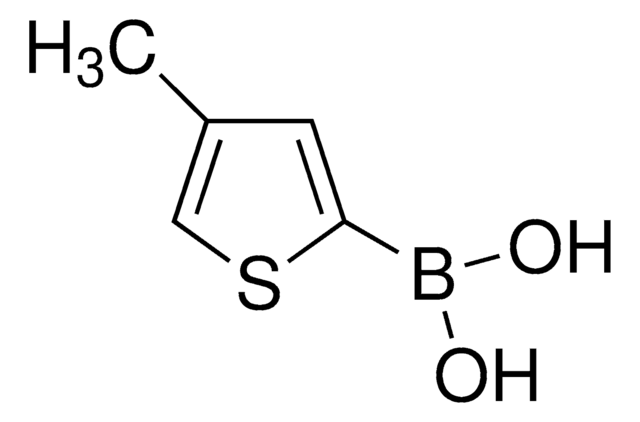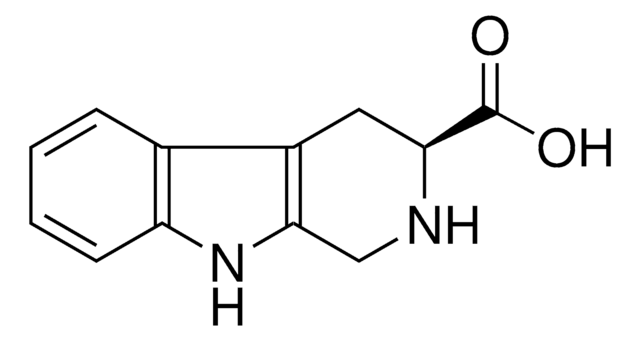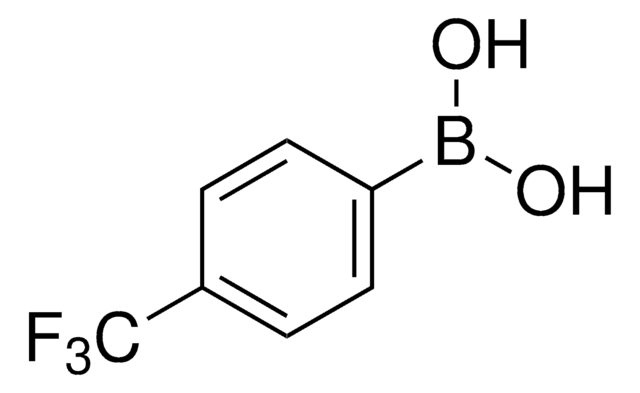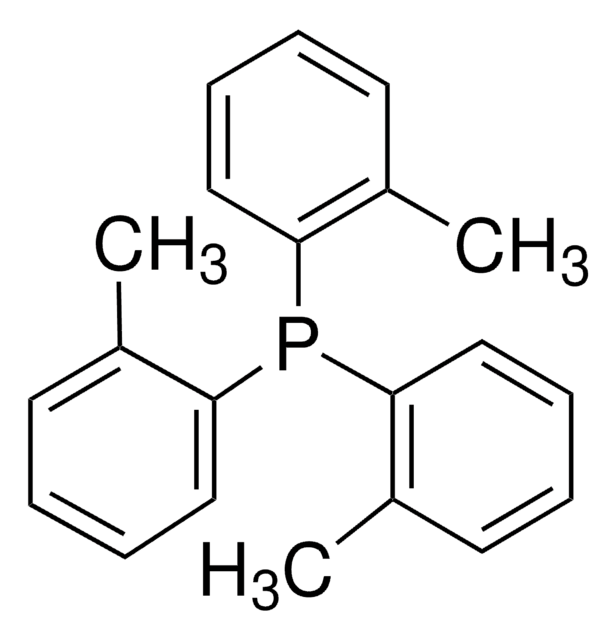913391
2-[2-Fluoro-4-(trifluoromethyl)phenyl]-5-(trifluoromethyl)pyridine
Synonyme(s) :
FCF3(CF3)ppy
Se connecterpour consulter vos tarifs contractuels et ceux de votre entreprise/organisme
About This Item
Formule empirique (notation de Hill) :
C13H6F7N
Numéro CAS:
Poids moléculaire :
309.18
Code UNSPSC :
12352200
Produits recommandés
Forme
powder or crystals
Application
2-[2-Fluoro-4-(trifluoromethyl)phenyl]-5-(trifluoromethyl)Pyridine is a ligand used for the preparation of Ir(III) photocatalysts.
Product can be used with our line of photoreactors: Including Penn PhD (Z744035) & SynLED 2.0 (Z744080)
Product can be used with our line of photoreactors: Including Penn PhD (Z744035) & SynLED 2.0 (Z744080)
Produit(s) apparenté(s)
Mention d'avertissement
Warning
Mentions de danger
Conseils de prudence
Classification des risques
Eye Irrit. 2 - Skin Irrit. 2
Code de la classe de stockage
11 - Combustible Solids
Classe de danger pour l'eau (WGK)
WGK 3
Point d'éclair (°F)
Not applicable
Point d'éclair (°C)
Not applicable
Faites votre choix parmi les versions les plus récentes :
Certificats d'analyse (COA)
Lot/Batch Number
It looks like we've run into a problem, but you can still download Certificates of Analysis from our Documents section.
Si vous avez besoin d'assistance, veuillez contacter Service Clients
Déjà en possession de ce produit ?
Retrouvez la documentation relative aux produits que vous avez récemment achetés dans la Bibliothèque de documents.
Jian Zheng et al.
Journal of the American Chemical Society, 141(34), 13625-13634 (2019-07-23)
Enantioselective catalysis of excited-state photoreactions remains a substantial challenge in synthetic chemistry, and intermolecular photoreactions have proven especially difficult to conduct in a stereocontrolled fashion. Herein, we report a highly enantioselective intermolecular [2 + 2] cycloaddition of 3-alkoxyquinolones catalyzed by
Jack Twilton et al.
Angewandte Chemie (International ed. in English), 57(19), 5369-5373 (2018-03-01)
The combination of nickel metallaphotoredox catalysis, hydrogen atom transfer catalysis, and a Lewis acid activation mode, has led to the development of an arylation method for the selective functionalization of alcohol α-hydroxy C-H bonds. This approach employs zinc-mediated alcohol deprotonation
Notre équipe de scientifiques dispose d'une expérience dans tous les secteurs de la recherche, notamment en sciences de la vie, science des matériaux, synthèse chimique, chromatographie, analyse et dans de nombreux autres domaines..
Contacter notre Service technique![[Pd(OAc)2]3 reagent grade, 98%](/deepweb/assets/sigmaaldrich/product/structures/508/249/99a0ef2c-b77c-4d73-8ed9-0cca05b6b41f/640/99a0ef2c-b77c-4d73-8ed9-0cca05b6b41f.png)









